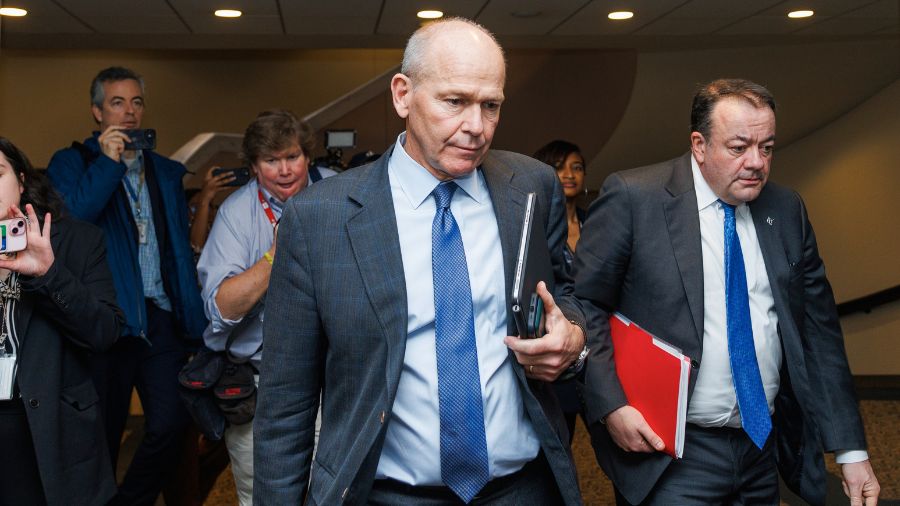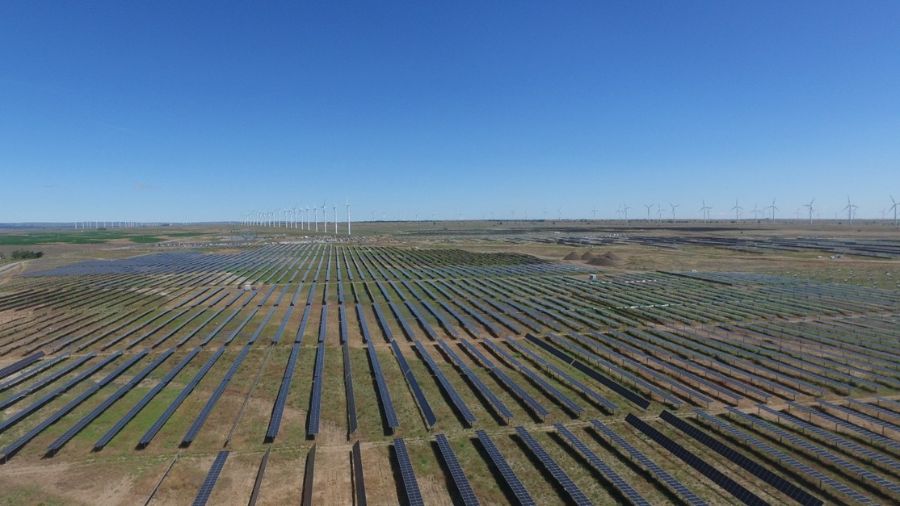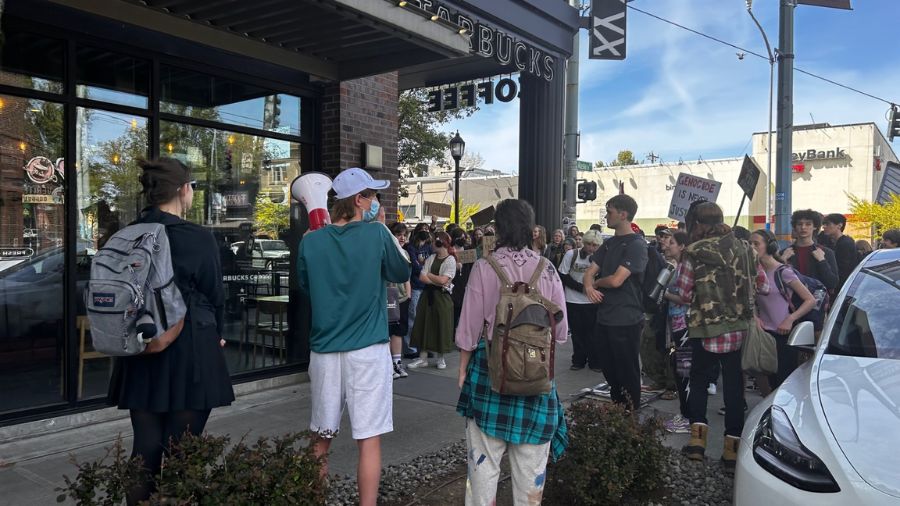St. Patrick Cemetery: Little patch of Ireland on the edge of the Kent Valley
Mar 17, 2017, 5:44 AM | Updated: Mar 17, 2022, 7:28 am
Ireland isn’t generally the first thing that comes to mind when one considers Kent Valley, but a little patch of green could make you believe otherwise.
This one-of-a-kind place is called St. Patrick Cemetery. It’s east of I-5 and just off Orillia Road, and it might have Irish roots deeper than just about anywhere else this side of Notre Dame.
Related: Civil War General George McClellan failed in the Cascades
Around 1880, long before Washington Territory became a state, a man from Limerick, Ireland named Richard O’Connell turned the four-acre patch of rocky land on the edge of the valley into a de facto Irish cemetery.
With modest headstones from the 19th century — chiseled with names like Donley, Mullen and O’Brien — along with ornate monuments from the more recent past, the moss and grass that cover the ground and the evergreens that surround it give St. Patrick Cemetery the feel of an outdoor church.
Like so many hundreds of thousands of people in that era, Richard O’Connell had immigrated to the U.S. from Europe in the mid-19th century looking for a better life and more opportunity. O’Connell was a farmer, and he had a total of 80 acres in the valley where he grew hops and potatoes.
“He probably figured he couldn’t raise very much hops up there on that rock pile,” said Richard O’Connell’s grandson Tom, recalling the quality of the glacial soil.
Tom O’Connell is 93 and still lives on his grandfather’s farm, just down the hill from St. Patrick Cemetery.
“I remember him,” says Tom O’Connell of his grandfather. “I was 13 years old when he died. I remember him sitting in the big chair by the woodstove, and he had a big beard and he never moved around much in my time. He was 96 — I think — when he died [in 1935]. He fell out of bed and broke his hip.”
Richard O’Connell, his grandson says, likely created St. Patrick Cemetery at the edge of his farm for another practical reason, in addition to the land being difficult to farm.
“His first wife died. Nobody knows where she is, but I assume she’s up there someplace. So he gave [the land] to the church,” O’Connell said.
St. Patrick Cemetery became the property of what’s now the Seattle Archdiocese sometime around 1900.
O’Connell says that the cemetery served a modest-sized Irish community in the valley, and a nearby and now long-gone Catholic church across the river was a community gathering place for decades.
“All the Irish settled in the valley, because that’s the way they lived [in Ireland], on the river or by the water someplace,” O’Connell said. “And all of the Swedes and Finns and Norwegians moved up on the hill. That’s where the timber was. See? They moved to the place [that was like] where they came from.”
And why was the cemetery named after St. Patrick?
“Well, he was supposed to have driven all the snakes out of Ireland,” said O’Connell. “St. Patrick is a saint as far as the Irish people are concerned.”
St. Patrick is still an active cemetery. Burials still take place there regularly, and it ceased being only for those of Irish descent many decades ago. Ethnic cemeteries, which are more commonplace in other parts of the country, are few and far between in the Northwest.
The land is managed by the Associated Catholic Cemeteries of Seattle and the grounds are maintained by crews from nearby Gethsemane Cemetery. Tom O’Connell says this wasn’t always the case, that taking care of it used to be much more of a community affair.
“In the old days, maybe we’d get about ten or 15 of the parishioners with their lawn mowers, go back there and mow the lawn maybe two or three times a year,” O’Connell said.
“Fact is, there was a person, Mr. Wrighton, that kept the books and did the hole diggin’ and the whole works,” O’Connell said. “He was ‘Mr. Cemetery,’ and he did a great job to keep that thing going.”
Like his grandfather, Tom O’Connell’s father was also a farmer on the family’s 80 acres. Tom himself ran a raw milk dairy there (called a “jug-in”) for several years in the 1950s and 1960s before going to work for the U.S. Post Office as the postmaster for Kent.
“I’m the third generation here. My grandfather, my father, myself and now my son is here,” said O’Connell. “He’s got a horse boarding business, and I’ve got another son that lives on the other side of me, and I’ve got a daughter living in one of the houses.”
Related: Reviving Lake Washington’s phantom shoreline
To hear Tom O’Connell tell it, the ancestors and other family members already buried in St. Patrick Cemetery will be part of the celebration, too. And, when his time comes, O’Connell says that he’ll be buried there himself.
“Up there, right by my father and mother. They’re up there,” O’Connell said. “And I’ve got two brothers up there.”
How does he feel about joining his late family members on that “rock pile” his grandfather dedicated as a cemetery nearly 140 years ago?
“That don’t bother me,” O’Connell said. “When you get to be 90, you know you’re not going to live much longer. You don’t want to because you’re falling apart,” he said, laughing heartily.
In fact, O’Connell says, this reminds him of a story.
“My brother is back there in the cemetery,” he began. “But when he was younger, we would get together, and one night we were drinking a little. So he said, ‘Now, we don’t know which one of us is going to die first, but when the one is still alive, he’s gotta come back with his Irish booze and have a little drink, and pour a little bit on the one that’s passed away.’ My brother said that,” O’Connell said.
“And I said to him, ‘You know that sounds real good,’ and I said, ‘If I’m the last one here, you suppose [it’s okay if] I run it through my bladder before I pour it on ya?’”
Asked by a gullible reporter if he had followed through on this promise to his late brother, O’Connell laughed.
“Have I actually done that? I don’t think so,” O’Connell said. “I live close enough to home I can do it at home and just go back there.”
You can hear Feliks every Wednesday and Friday morning on Seattle’s Morning News, read more from him here, and subscribe to The Resident Historian Podcast here. If you have a story idea or a question about Northwest history, please email Feliks here.



















